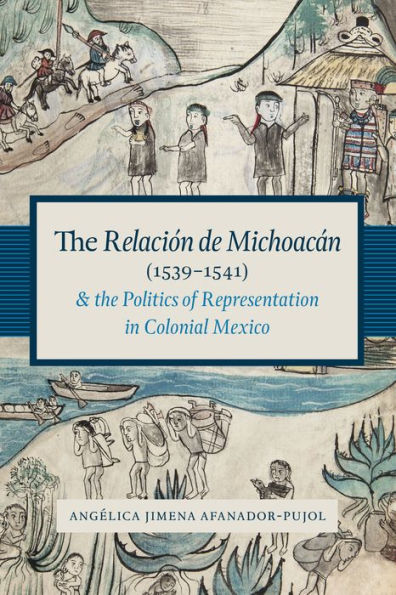5
1

The Relación de Michoacán (1539-1541) and the Politics of Representation in Colonial Mexico
300
The Relación de Michoacán (1539-1541) and the Politics of Representation in Colonial Mexico
300
34.95
In Stock

Product Details
| ISBN-13: | 9781477301074 |
|---|---|
| Publisher: | University of Texas Press |
| Publication date: | 07/01/2015 |
| Series: | Recovering Languages and Literacies of the Americas |
| Sold by: | Barnes & Noble |
| Format: | eBook |
| Pages: | 300 |
| File size: | 11 MB |
| Note: | This product may take a few minutes to download. |
About the Author
What People are Saying About This
From the B&N Reads Blog
